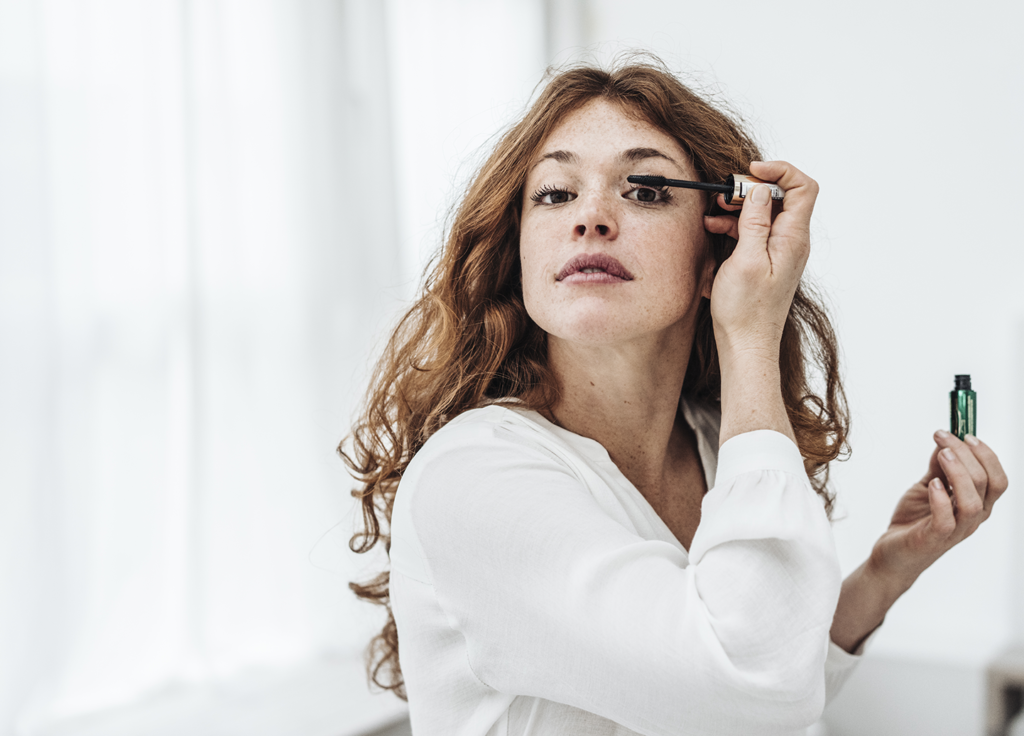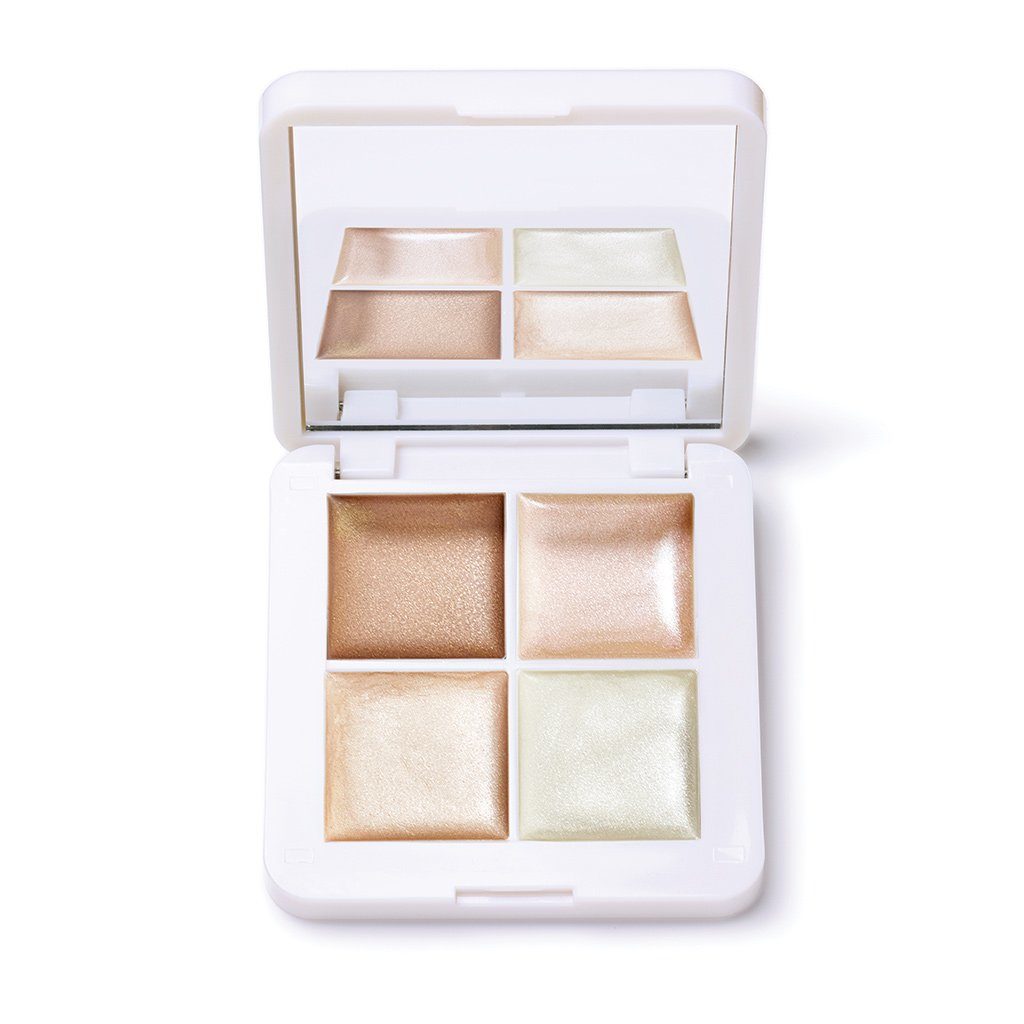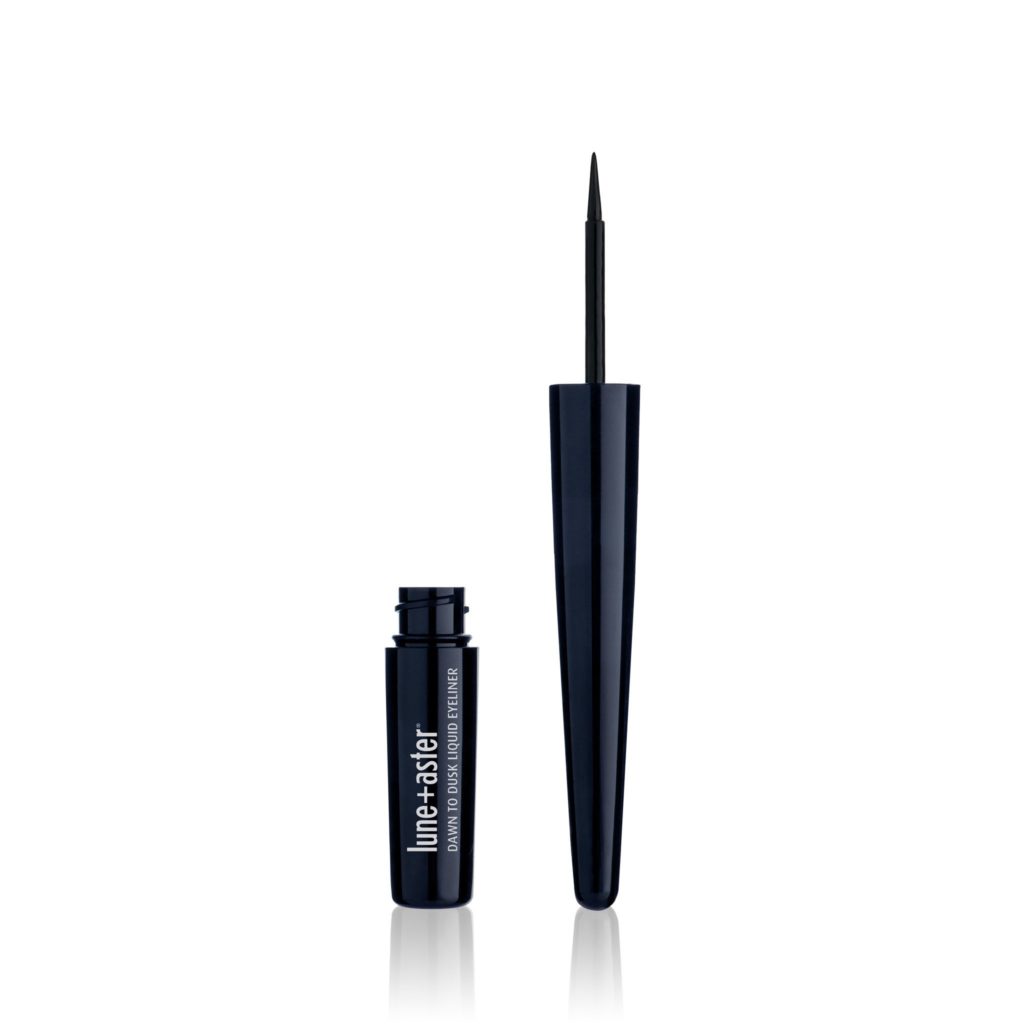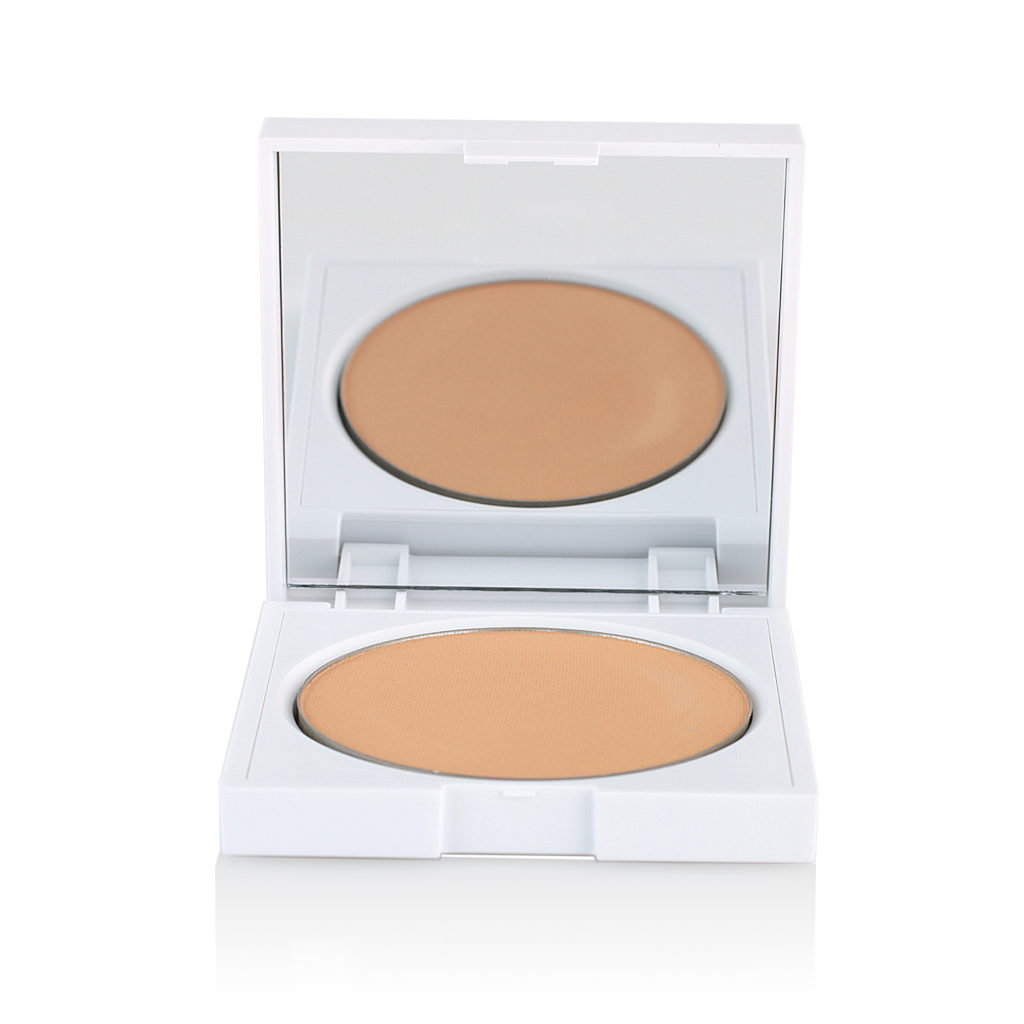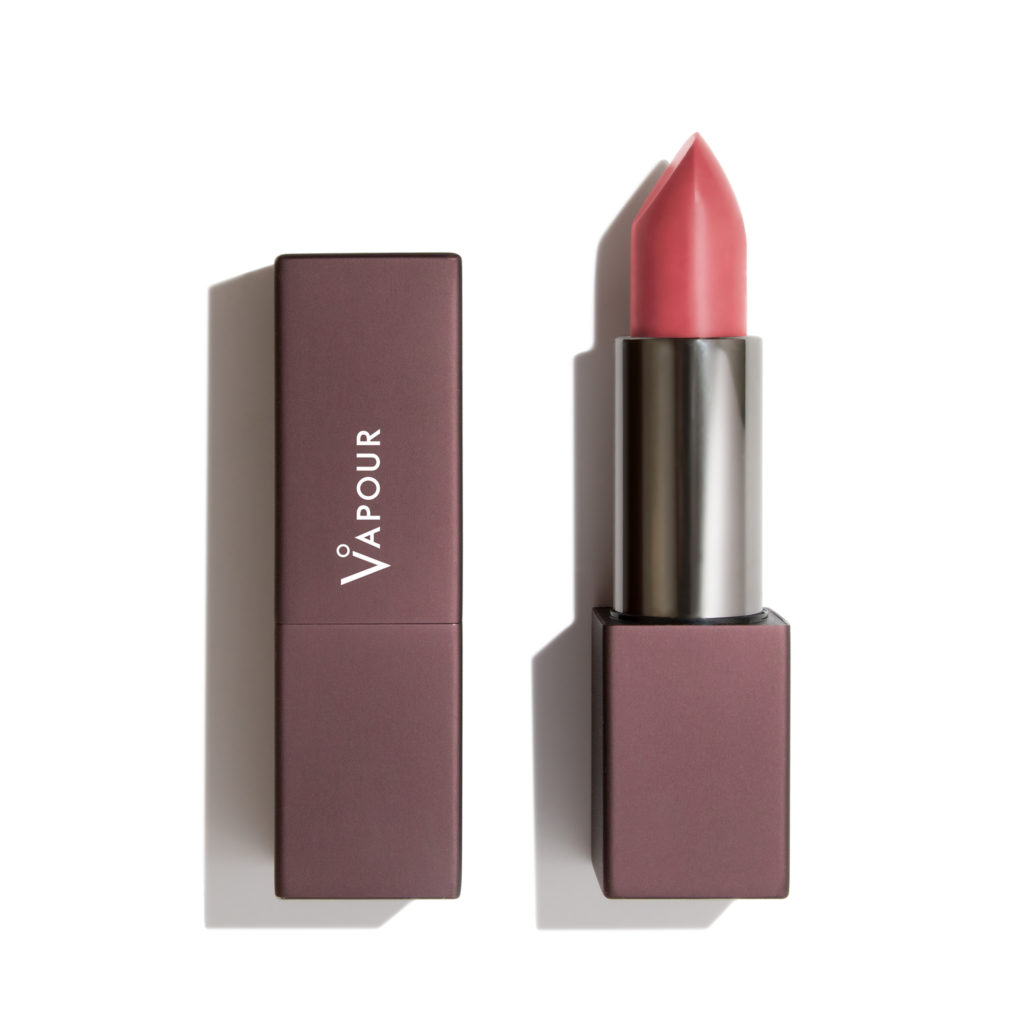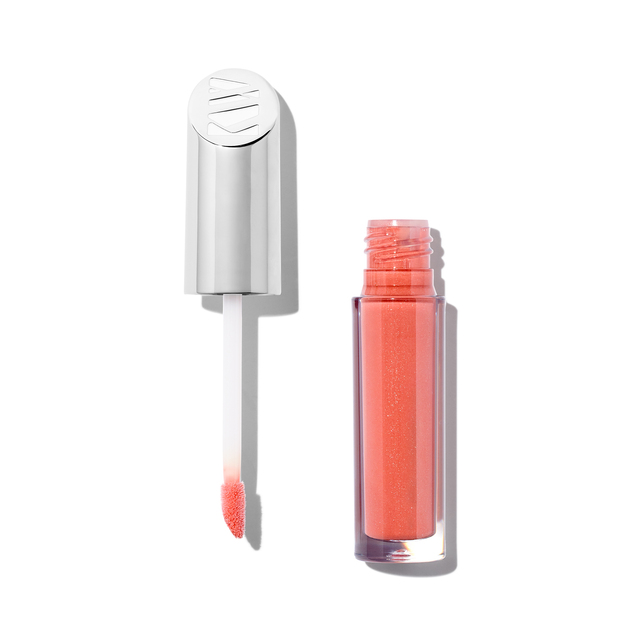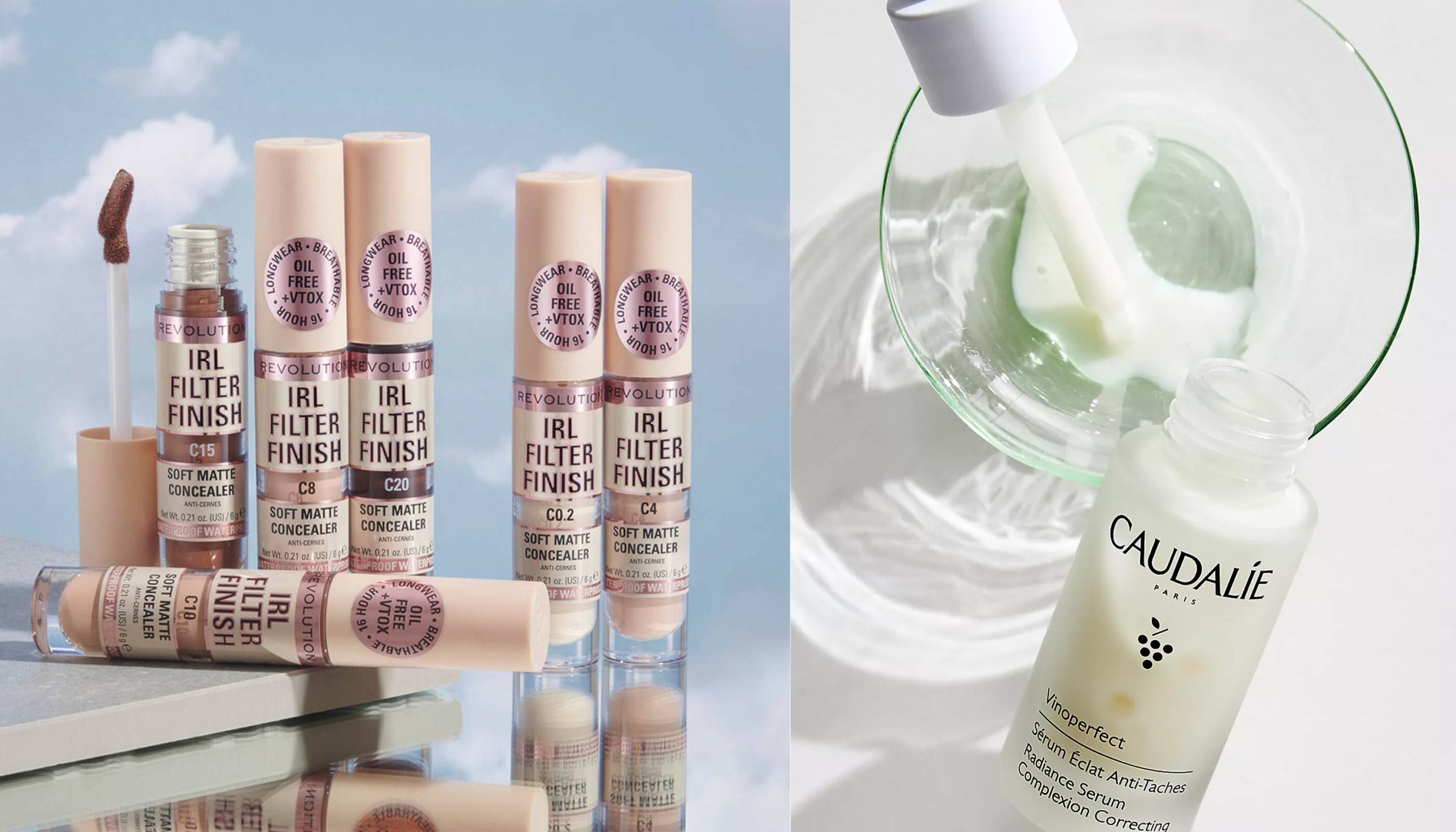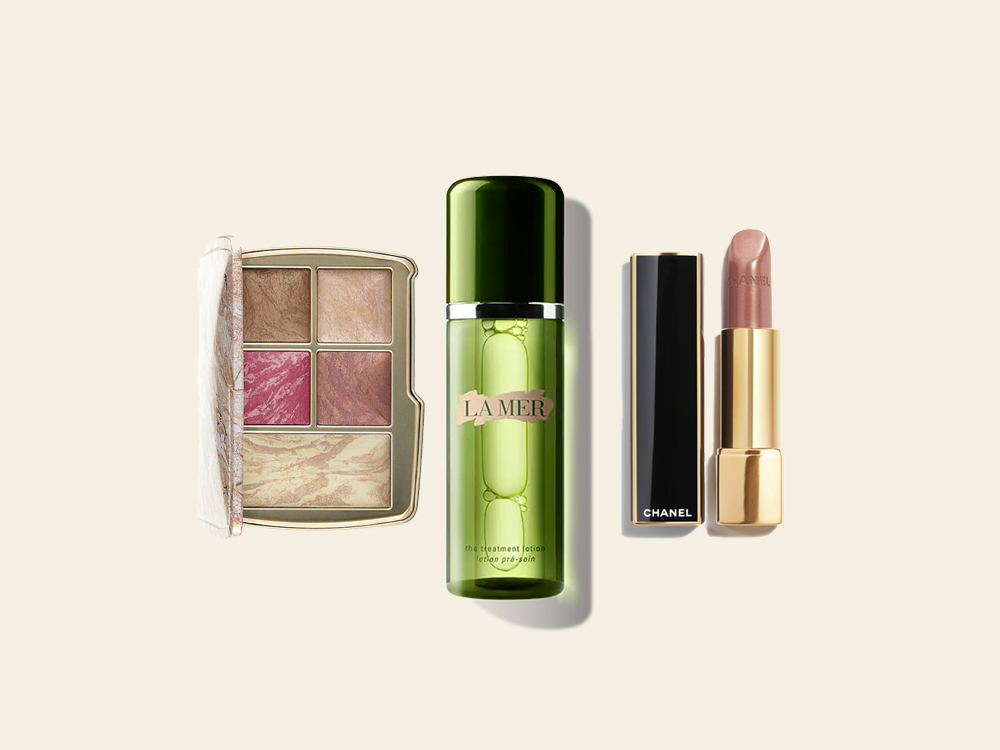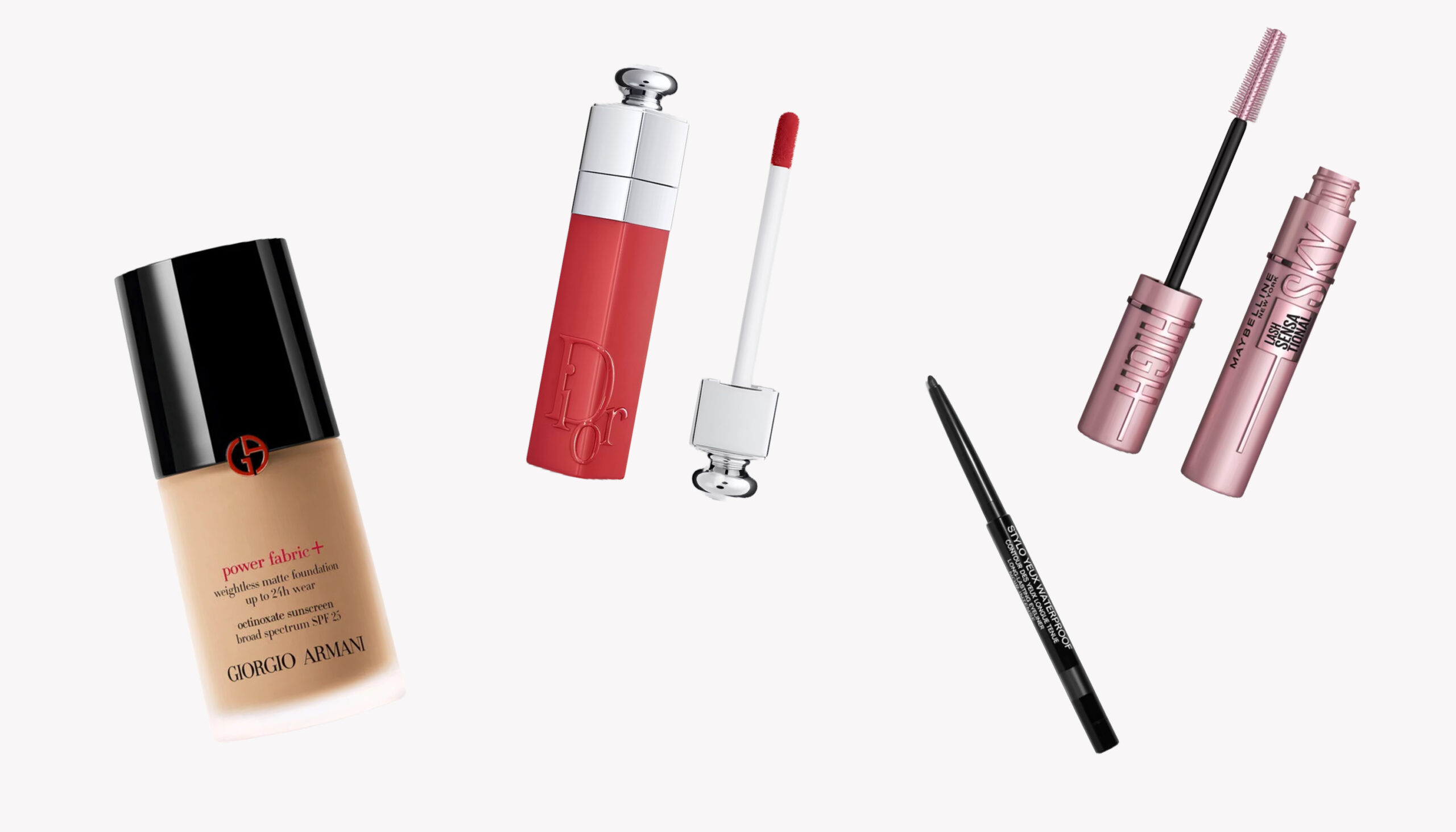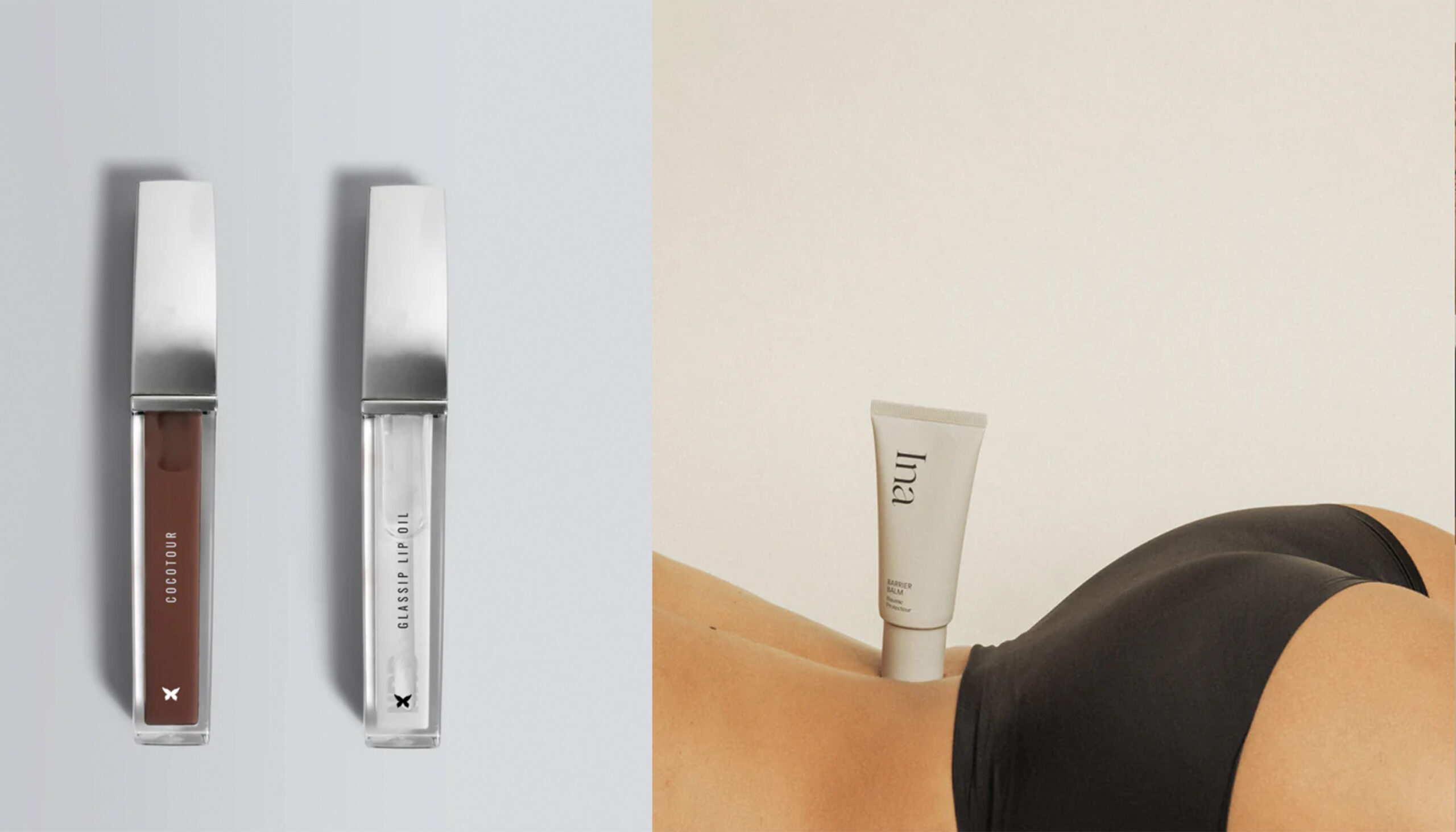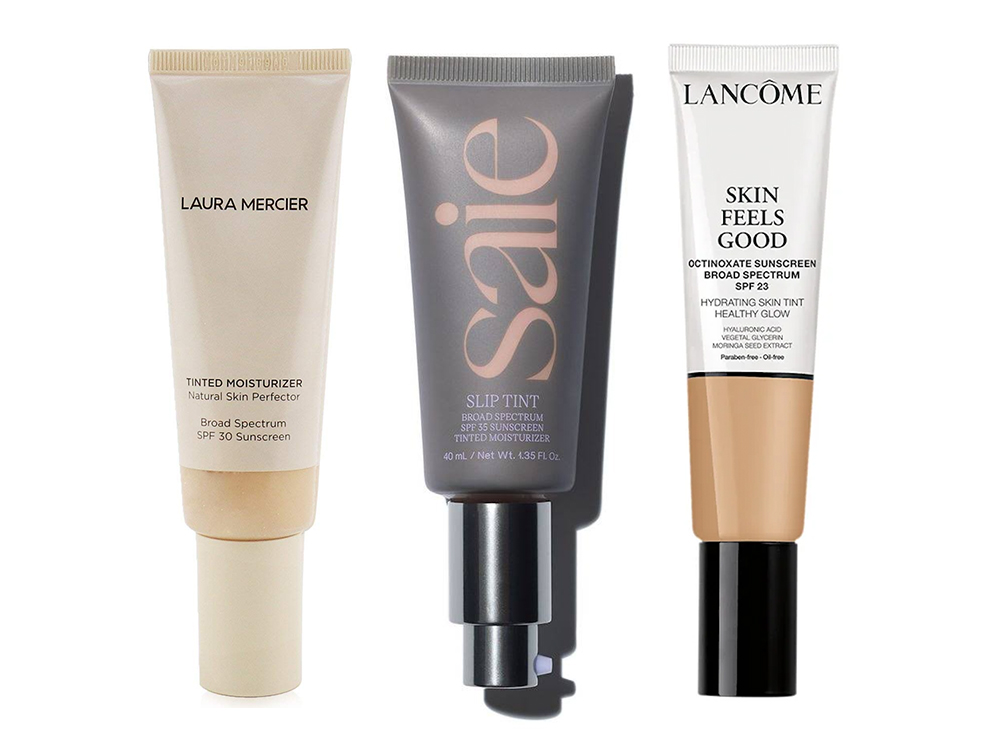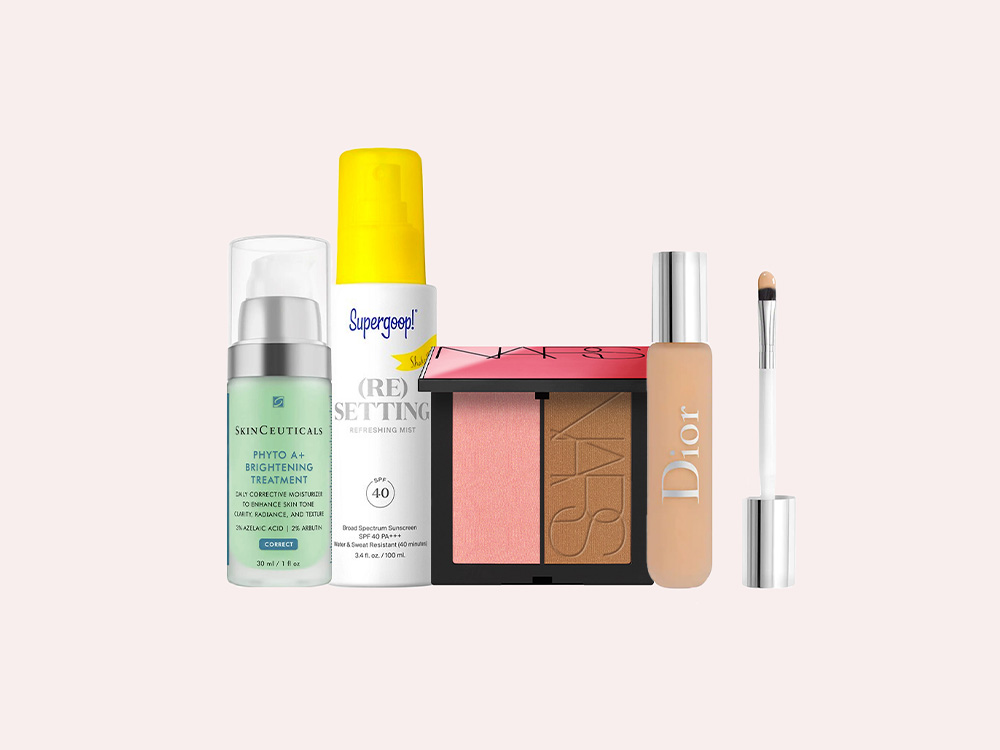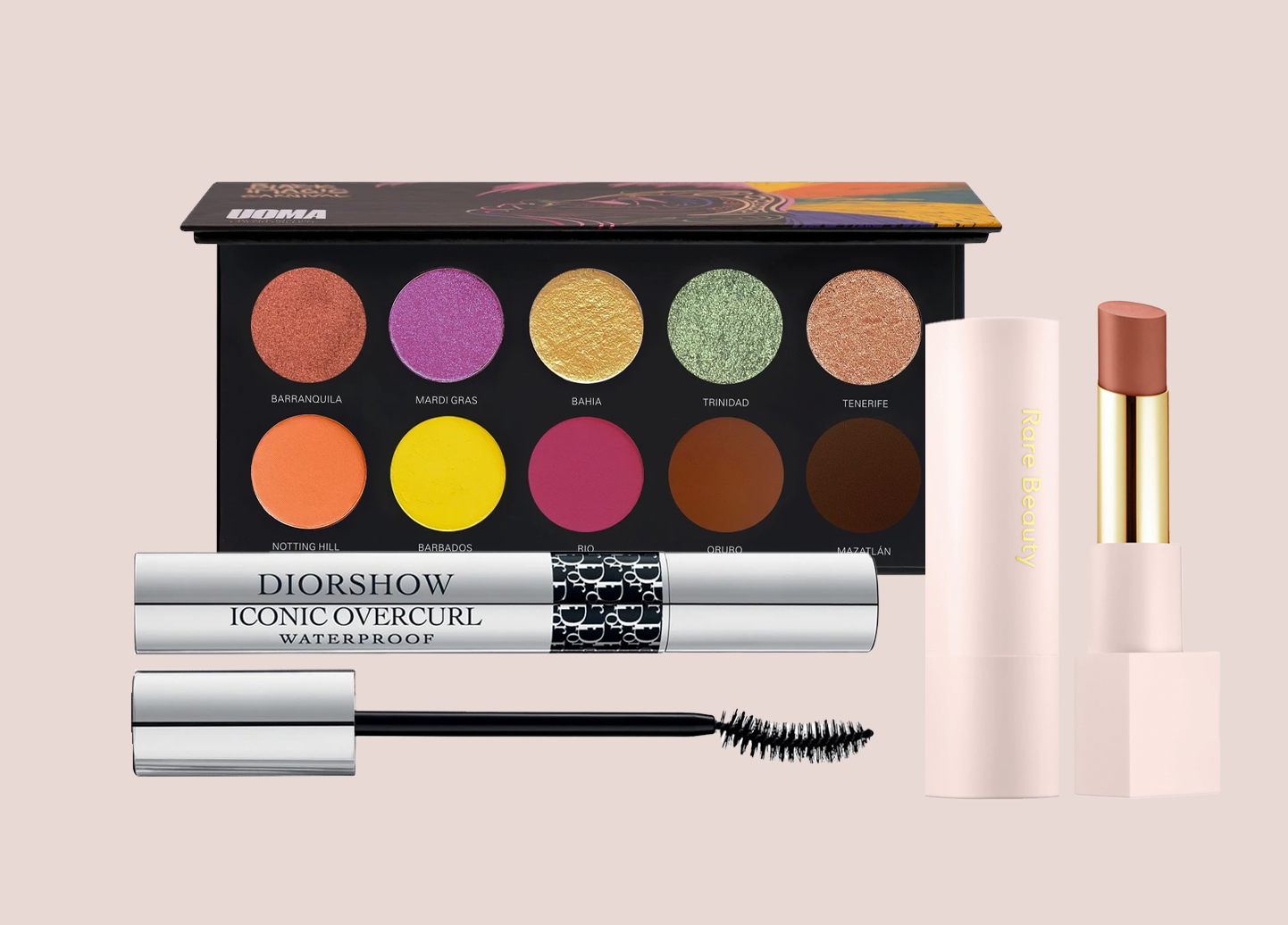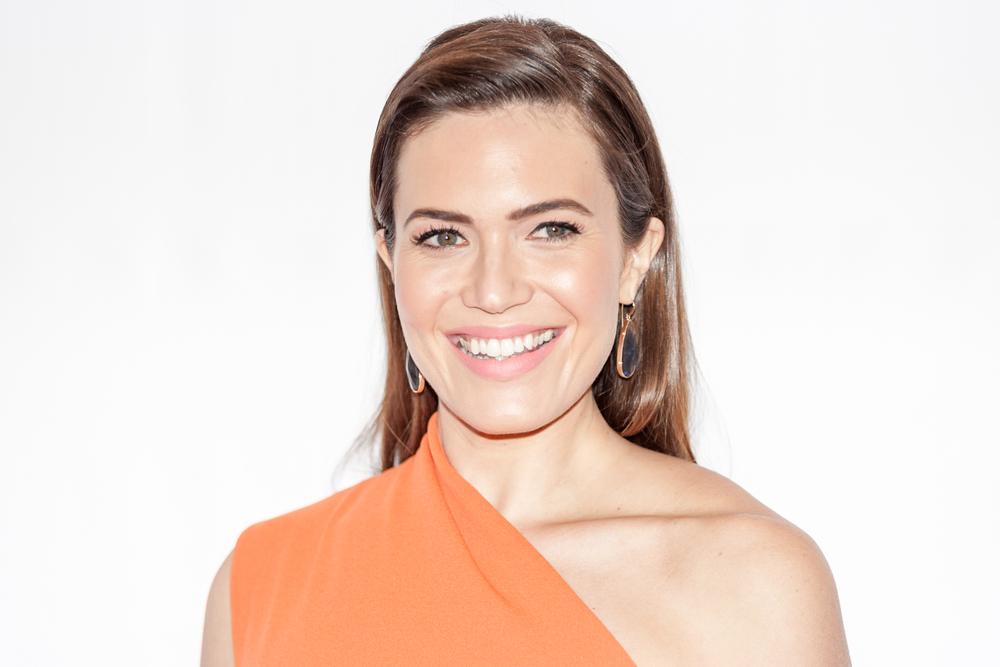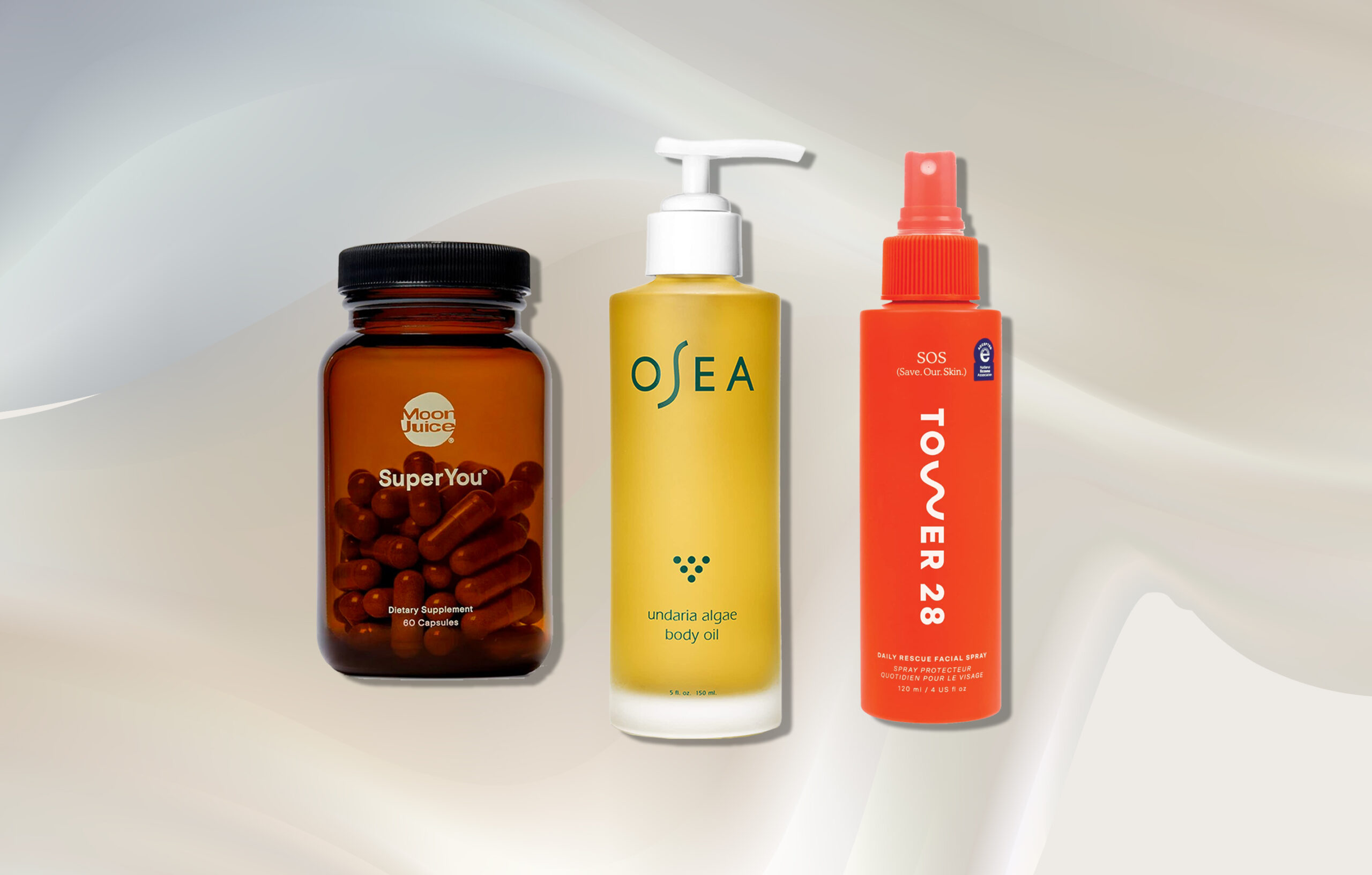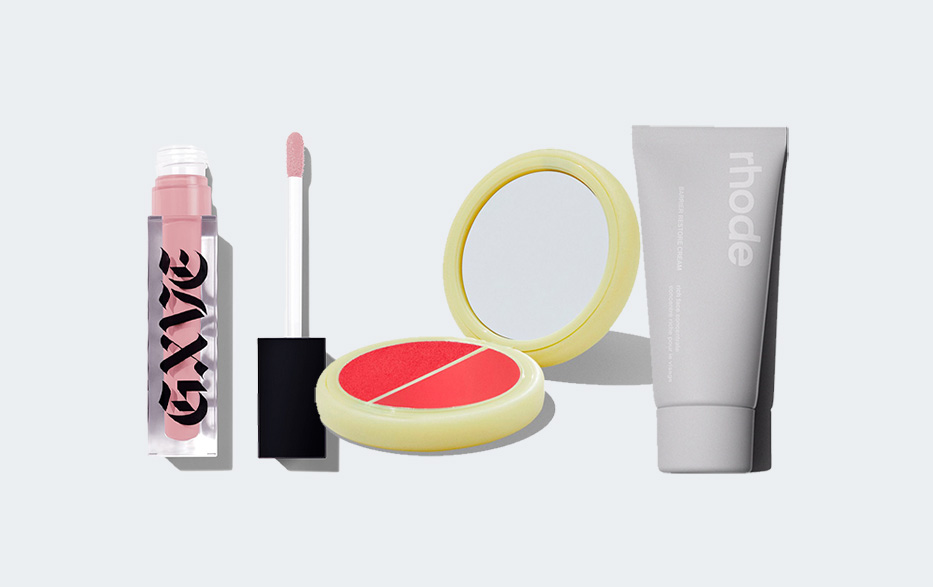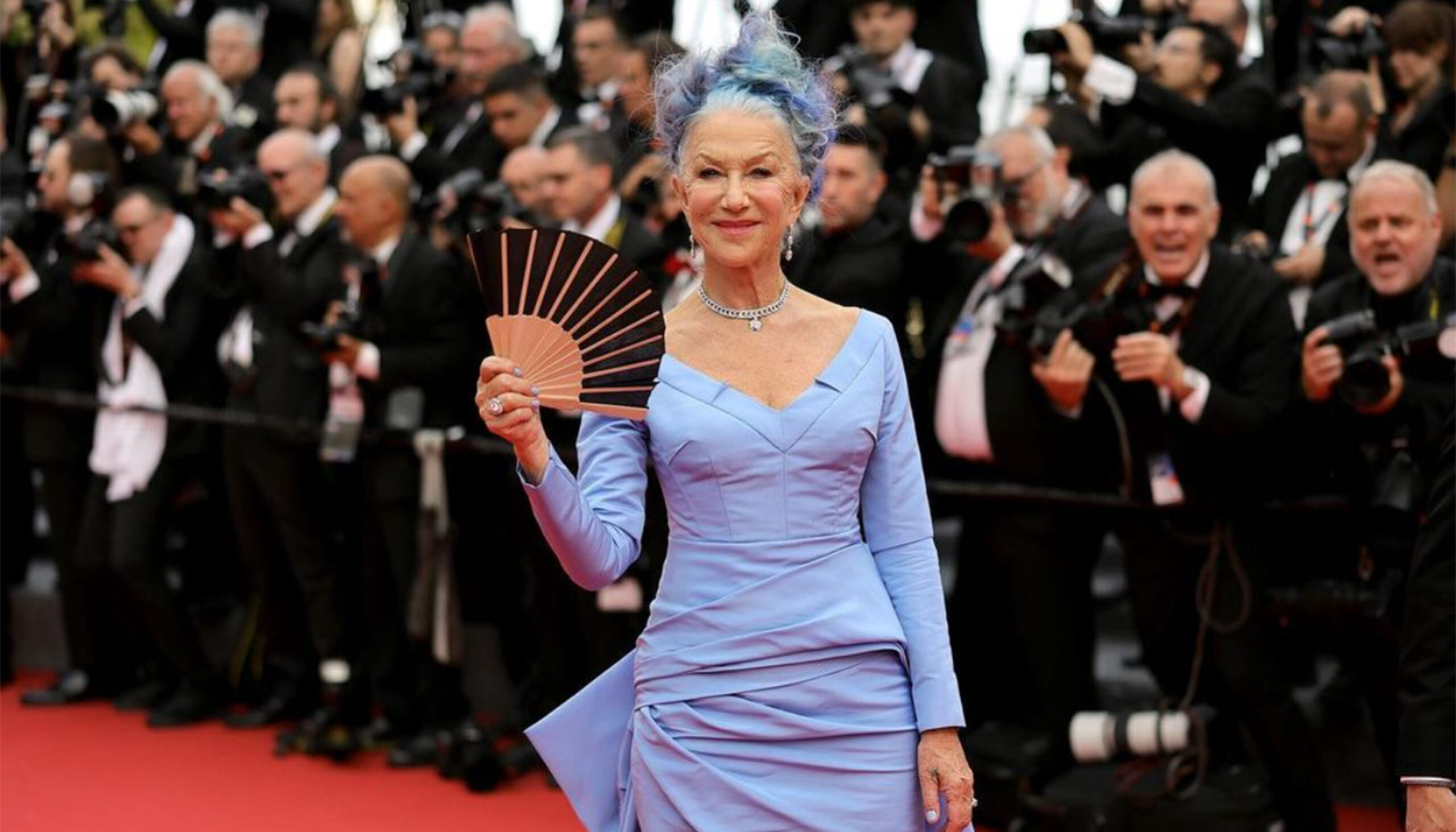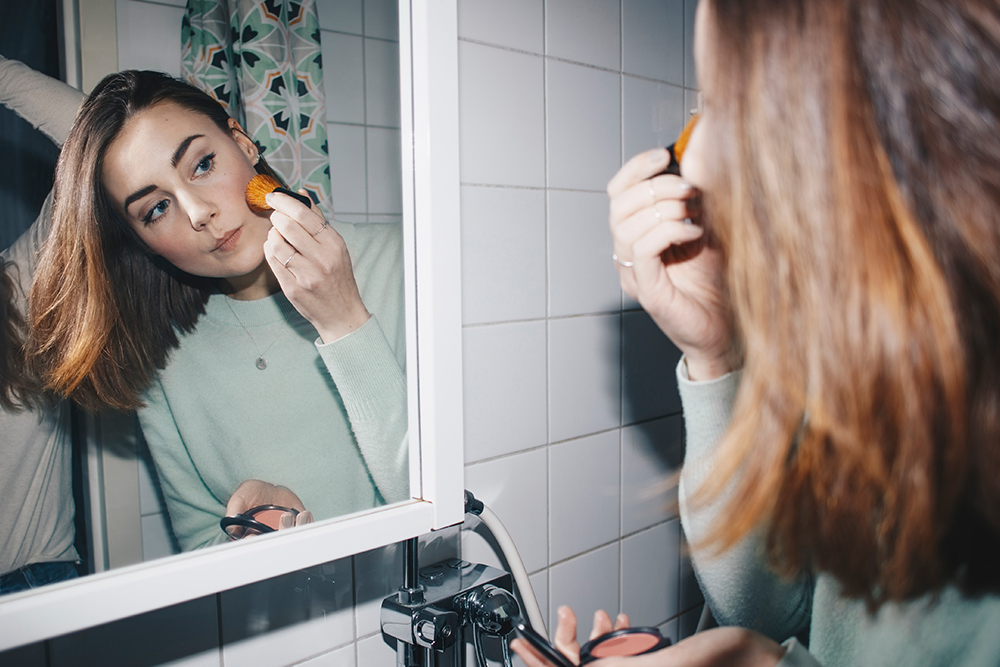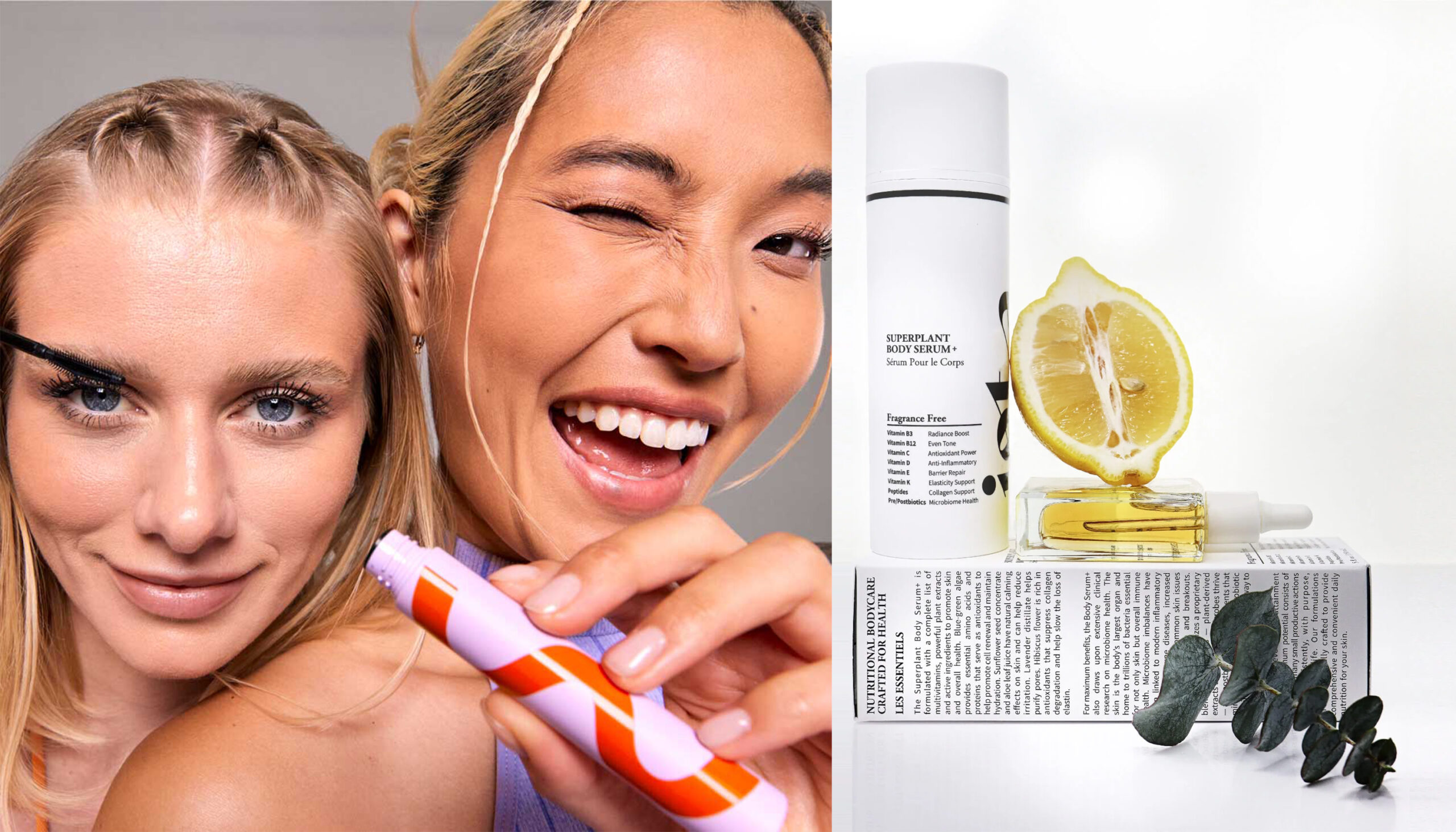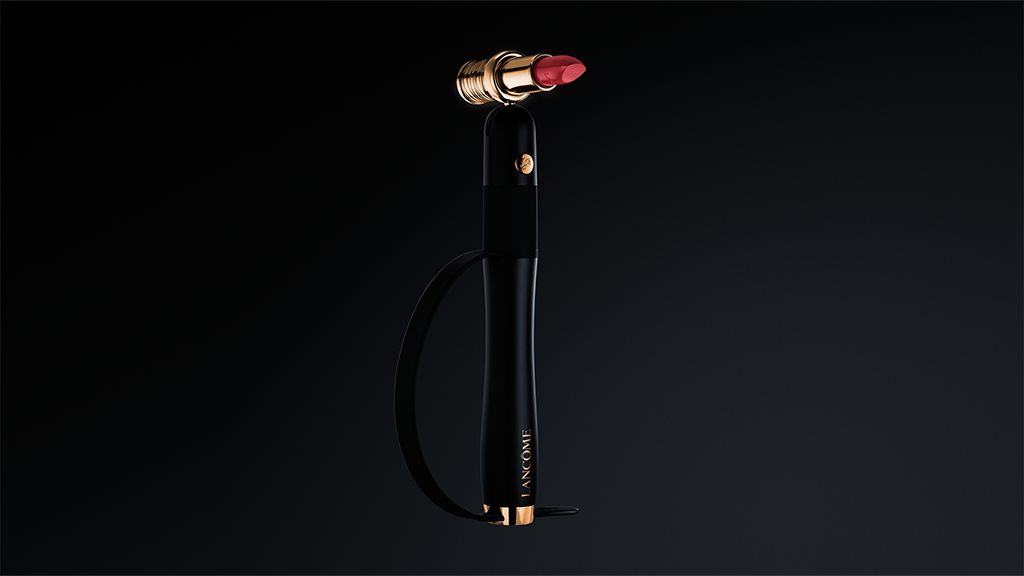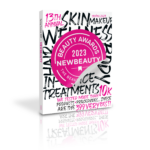In the European Union, more than 1,300 chemicals are banned or restricted for cosmetic use, but here in the states, only 11 fall into that category. However, clean beauty brands aren’t buying it. Instead, they are drafting their own rules, formulating without the laundry list of ingredients they believe to be potentially harmful to humans, animals and/or the planet. Further muddying the water is the fact that “The Federal Food, Drug and Cosmetic Act of 1938 does not require the FDA to review cosmetics and their ingredients, with the exception of color additives because many of them are also used in foods and drinks,” says Sarah Biggers-Stewart, founder and CEO of Clove + Hallow. So, what actually makes a product clean?
Most brands count safety, sustainability, sourcing and ethics as key pillars, in addition to total ingredient transparency. Generally topping the list of “nasties” are chemicals that have been scientifically linked to health issues: potential carcinogens (they have the ability to cause cancer) reproductive toxins (they can cause adverse effects on sexual function and fertility) and endocrine disruptors (they can negatively interfere with our hormones). There’s also the environmental component: Clean brands prioritize ingredients that help the earth, rather than those that flood our landfills or hurt our wildlife.
